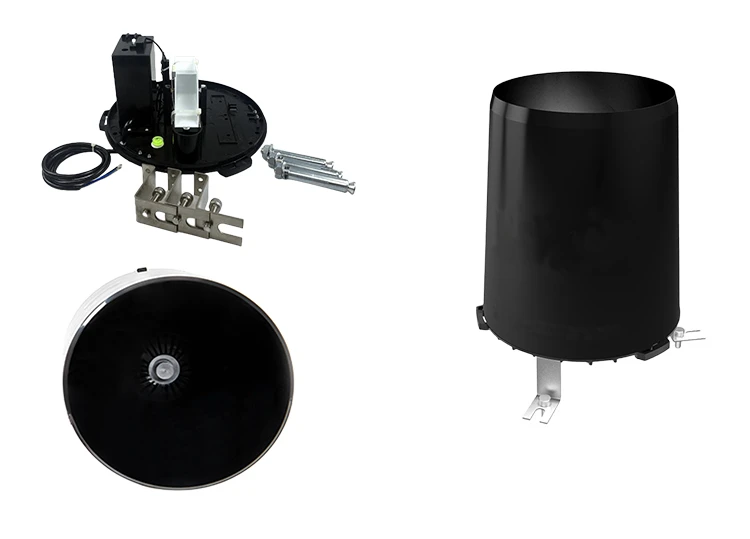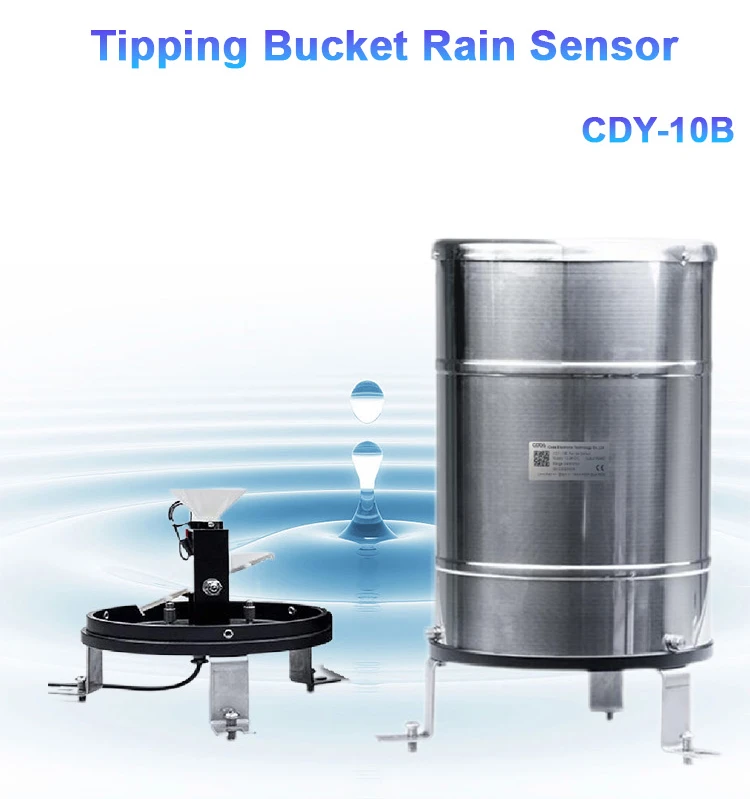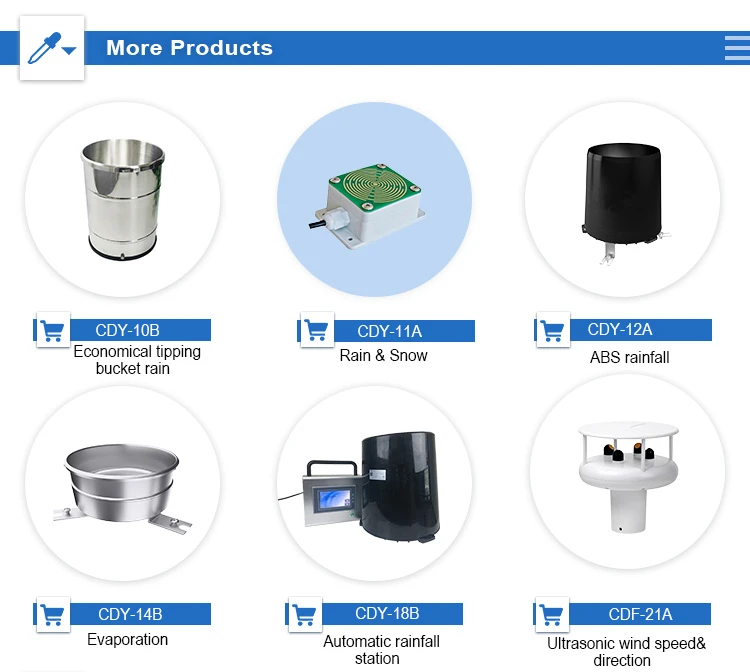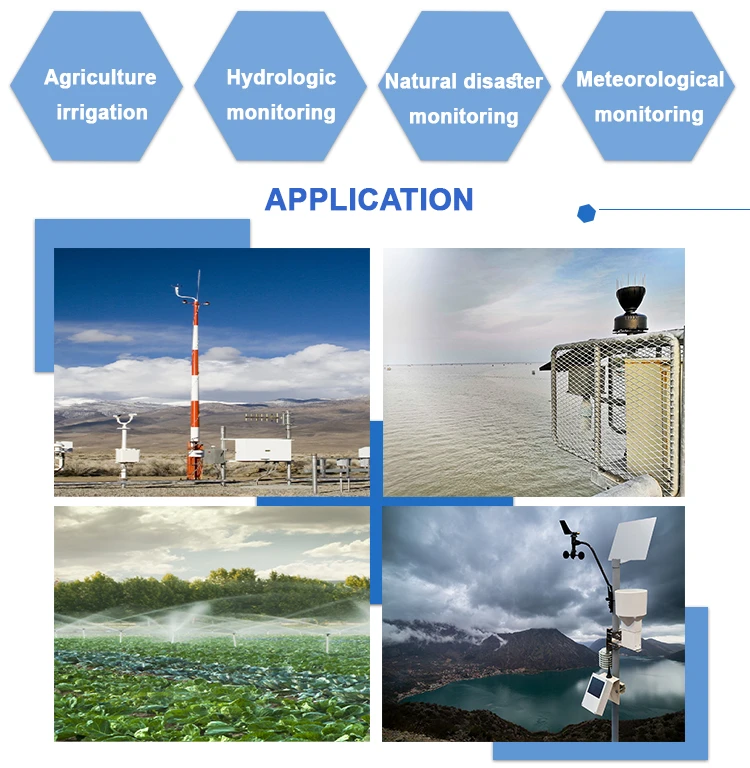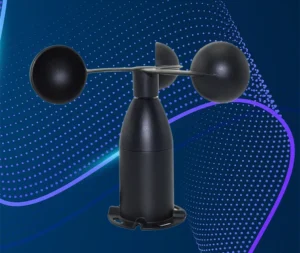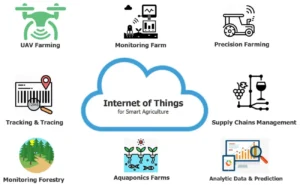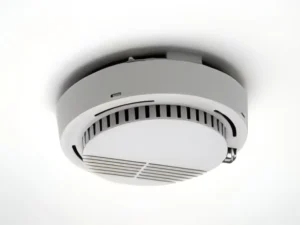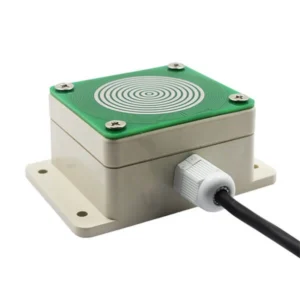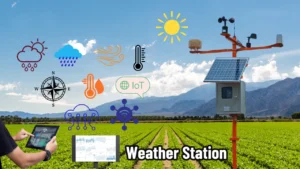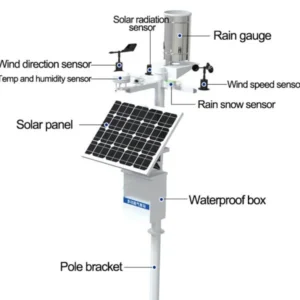What are 10 applications of a rain gauge?
A rain gauge is a weather tool. It measures how much rain falls in a specific place over time. It is a simple tool made to collect and measure how much rainwater falls in one place.
The rain gauge is an important tool for meteorologists and hydrologists. It helps them measure the amount of rain in a specific area over time. This tool is vital for predicting weather, managing floods, and planning agricultural irrigation. There are different types of rain gauges for various environments and needs. These include basic rain gauges, siphon rain gauges, and tipping bucket rain gauges, among others.
Below are the 10 applications of rain gauges:
1.Rainfall measurement:
Rain gauges are utilized to quantify the amount of precipitation, aiding individuals in comprehending rainfall patterns, including its intensity and duration. This information is crucial for weather prediction, flood management, and agricultural irrigation.
2.Flood prediction:
Rain gauges track rainfall levels. This helps forecast floods and allows for preventive actions to reduce damage.
3.Climate research:
Meteorologists employ rain gauges to gather rainfall data, enabling the study of local climate features and trends. This is instrumental in understanding global climate change and forecasting future climatic shifts.
4.Agricultural irrigation:
Farmers can decide if they need irrigation by using rainfall data from the rain gauge. They can also determine how much water to use and when to apply it. This approach conserves water while ensuring that crops receive the appropriate water levels.
5. Management of urban drainage systems:
These systems must handle severe weather events like intense rainfall. Rain gauges help track rainfall. They also forecast the strain on drainage systems. This allows people to take preventive measures early.
6. Lightning strike early warning:
By looking at rainfall data from rain gauges, we can predict the chance and strength of lightning. This helps us take steps to reduce lightning-related disasters and damage.
7.Wildlife conservation:
Conservationists can use rain gauges to track rainfall patterns. This helps them understand changes in animal habitats. They can then create better conservation strategies.
8.Environmental assessment:
Monitoring rainfall helps in understanding the presence and spread of pollutants in rainwater, enabling the evaluation of the local environmental quality.
9.Water management:
Project planning is important. To plan these projects, we need to know local rainfall and water patterns. Rain gauges give us the data we need for this.
10.Emergency response:
During natural disasters and other urgent situations, rain gauges are very important. They help assess rainfall, predict how the disaster will progress, and measure its impact. This information is vital for supporting decision-making in emergency response efforts.
In summary, rain gauges provide valuable information about rainfall, rain gauges have a wide range of uses in many fields, and are important to people’s lives and the natural environment, and industries can use this information to make informed decisions.
